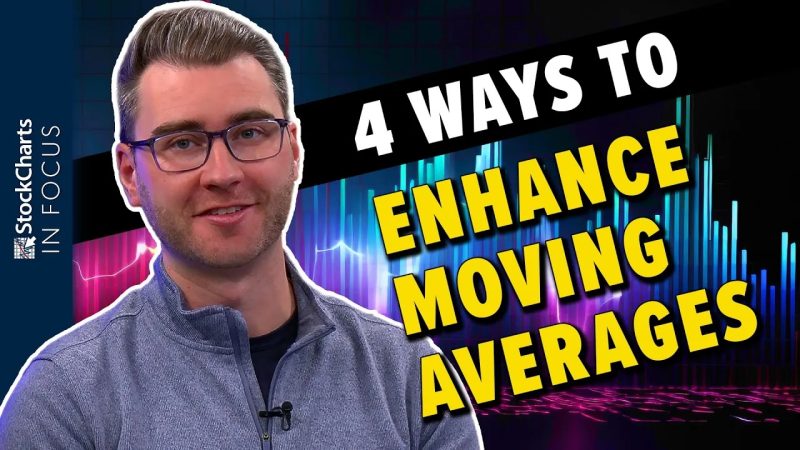1. Understanding Different Moving Averages
Moving averages are essential tools in technical analysis for traders and investors. There are various types of moving averages, with the most common ones being Simple Moving Average (SMA), Exponential Moving Average (EMA), and Weighted Moving Average (WMA). Each type of moving average has its own strengths and weaknesses, and choosing the right one depends on the specific needs and goals of the trader.
The Simple Moving Average (SMA) is the most basic form of a moving average. It calculates the average price of an asset over a specified period of time by adding up the prices for each period and dividing by the number of periods. The Simple Moving Average is straightforward and easy to understand, making it a popular choice among traders.
On the other hand, the Exponential Moving Average (EMA) gives more weight to recent prices, making it more responsive to price changes. The EMA reacts faster to price movements compared to the SMA, making it a preferred choice for traders looking for quicker signals.
Weighted Moving Average (WMA) is another type of moving average that assigns more weight to recent prices. This moving average gives greater importance to the most recent data points, making it more sensitive to price changes. The WMA is useful for traders who want to give more significance to recent market movements.
2. Using Moving Averages for Trend Identification
Moving averages are commonly used to identify trends in asset prices. By analyzing the relationship between different moving averages, traders can determine the direction of the trend and make informed trading decisions. One popular technique is the crossover strategy, which involves the intersection of two moving averages.
When a short-term moving average crosses above a long-term moving average, it is considered a bullish signal, indicating a potential uptrend. Conversely, when a short-term moving average crosses below a long-term moving average, it is seen as a bearish signal, suggesting a possible downtrend.
Traders can also use moving averages to identify support and resistance levels. Moving averages act as dynamic support and resistance levels, helping traders determine potential entry and exit points. By combining moving averages with other technical indicators, traders can develop a comprehensive trading strategy that improves their chances of success in the market.
3. Enhancing Moving Averages with Volume Analysis
Volume analysis is a powerful tool that can be used in conjunction with moving averages to improve trading decisions. By analyzing the relationship between price movements and trading volume, traders can gain valuable insights into market dynamics and investor sentiment.
When the price of an asset is moving in the same direction as the volume, it confirms the strength of the trend. On the other hand, if the price is moving in one direction while the volume is declining, it may signal a weakening trend. By incorporating volume analysis into moving average strategies, traders can better assess the sustainability of a trend and make more accurate predictions.
4. Optimizing Moving Averages with Custom Parameters
While standard moving averages are widely used in technical analysis, traders can enhance their effectiveness by customizing the parameters to suit their specific trading style and preferences. By adjusting the period lengths of moving averages, traders can adapt to different market conditions and timeframes.
Shorter periods produce more sensitive moving averages that respond quickly to price changes, making them ideal for short-term traders. Longer periods result in smoother moving averages that filter out noise and provide a broader perspective on the trend, which can be beneficial for long-term investors.
Additionally, traders can experiment with different combinations of moving averages to create more advanced strategies. By using multiple moving averages with different parameters, traders can generate more reliable signals and reduce false alarms. Customizing moving average parameters allows traders to tailor their strategies to their unique trading objectives and preferences.
In conclusion, moving averages are versatile tools that can be enhanced in various ways to improve trading decisions. By understanding the different types of moving averages, using them for trend identification, incorporating volume analysis, and customizing parameters, traders can develop more effective strategies and achieve better results in the market.
